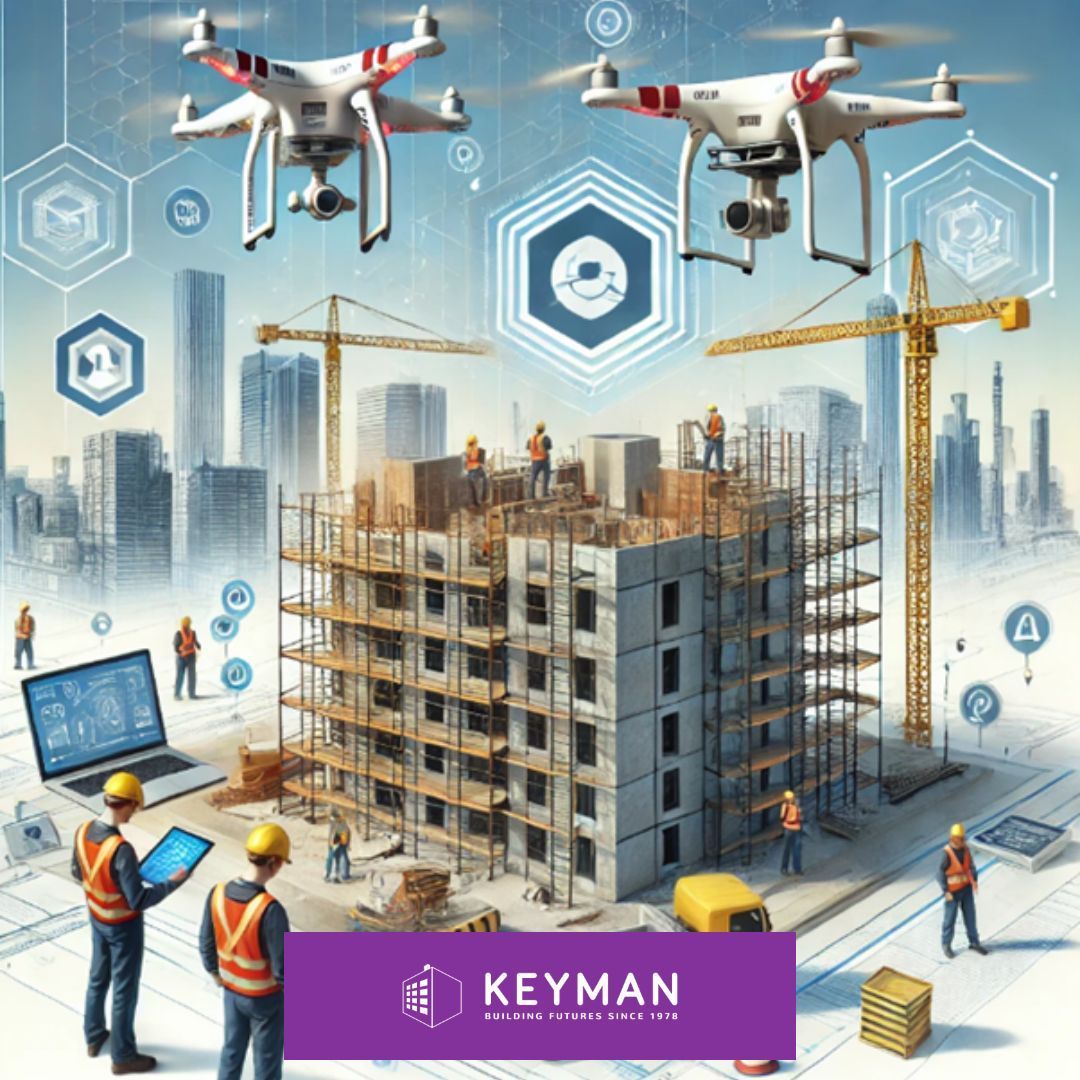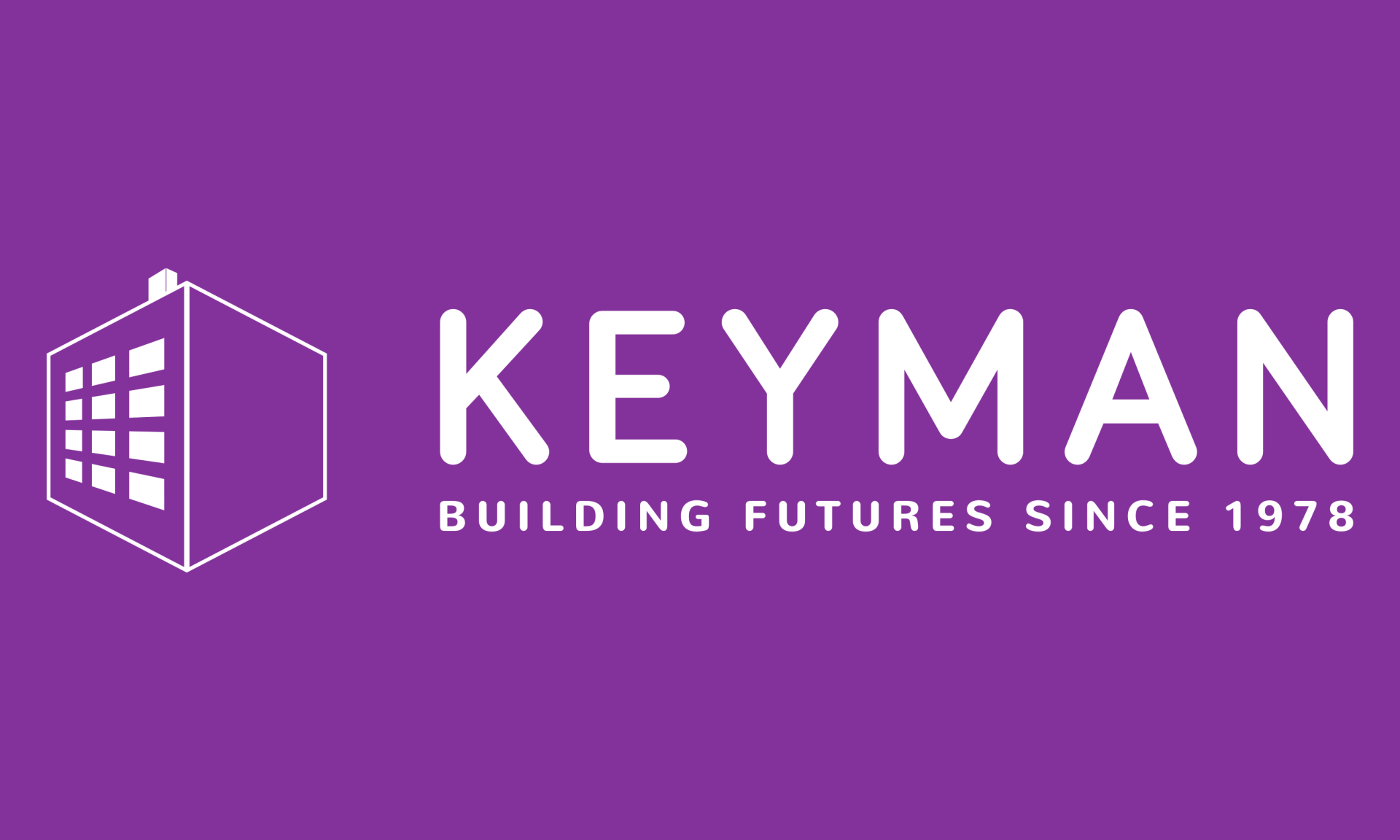
New Labour Reforms: A Game-Changer for Construction Jobs in the UK?
🏗️ New Labour Reforms: A Game-Changer for Construction Jobs in the UK?
The UK construction sector is standing on the edge of major transformation—and it’s Labour that's holding the blueprint. With bold housing targets, sweeping planning reforms, and a renewed focus on apprenticeships, Labour’s new policies aren’t just reshuffling the deck—they’re promising a whole new playing field.
Could this be the biggest shake-up the industry has seen in decades?
🏠 Labour’s Big Build: 1.5 Million Homes
Labour’s headline pledge? Build 1.5 million homes over the next five years. That’s around 300,000 homes a year—a figure not hit since the 1970s.
And it’s not just more of the same. Labour wants to resurrect mandatory housing targets, overhaul planning laws, and launch a wave of brand-new towns—think 20,000 to 60,000 homes each, with transport links, schools, jobs, and green space built in.
“We’re going to restore mandatory housing targets and get Britain building again,” said Deputy Leader Angela Rayner.
At least 40% of homes in these towns will be affordable or social housing, a much-needed boost as housing demand continues to outstrip supply.
Where Are the Workers Coming From?
Here’s the catch: we don’t currently have enough builders to meet that ambition. The CITB estimates the industry needs 225,000 new workers by 2027.
Labour’s answer? Double the number of apprenticeships by 2026, especially in trades like bricklaying, plumbing, and carpentry.
“We must invest in British skills to meet British housing needs,” said Housing Minister Matthew Pennycook. “We can’t keep relying on overseas labour to hit our targets.”
This homegrown approach could be a lifeline for a sector that’s been struggling to fill roles since Brexit and the pandemic. Expect a surge in local training programmes, college partnerships, and construction firms getting proactive with recruitment.
🌱 Green Construction = Green Jobs
Labour’s plan doesn’t stop at bricks and mortar. They’re betting big on green infrastructure, with projects like the Liverpool Bay Carbon Capture and Storage (CCS) scheme leading the way. Not only will this cut emissions, but it’s also expected to create thousands of construction and engineering jobs—especially in the North.
And then there’s ‘Great British Energy’, a new publicly owned renewables company, which will boost the demand for skills in solar, wind, and retrofitting homes.
“The green economy is a jobs economy,” said Labour Leader Keir Starmer. “We want the UK to lead in both climate action and employment creation.”
💬 What’s the Industry Saying?
The reaction from the construction sector? Cautious optimism.
The National Federation of Builders welcomed Labour’s commitment to growth and reform, noting that clear targets and a stable policy outlook are exactly what the industry needs.
Even large developers are chiming in.
“If we all stick to the plan, 1.5 million homes is achievable,” said David Thomas, CEO of Barratt Redrow. “But we’ve got to fix the planning system and the skills gap.”
Still, some concerns linger. The Federation of Master Builders (FMB) has warned that unless local councils are given resources and support, Labour’s lofty goals could stall at the planning desk.
📊 Construction by the Numbers
The good news? Things are already moving. According to the ONS, construction output in February 2025 rose by 0.4%, following a small dip in January. Growth came from both new work and repairs—early signs that confidence is returning to the market.
But with inflation still high and material costs unpredictable, firms will be watching carefully to see how Labour manages the financial pressures on builders.
✍️ Final Thoughts: Boom or Bust?
Labour’s reforms promise a new era for UK construction. The goals are bold, the plans ambitious, and the potential impact—massive. If delivered well, this could usher in hundreds of thousands of new jobs, especially for young people and tradespeople looking to build a future.
But the road to 1.5 million homes isn’t paved just yet. It will take collaboration, investment, and—most importantly—speed.
If the government and industry can align, we’re not just talking about more houses. We’re talking about a real jobs revolution in construction.
Keyman Blog



